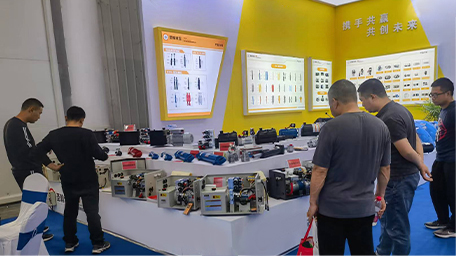Innovative Design for Metal Gully Grates to Enhance Drainage Efficiency and Aesthetic Appeal
The Importance of Metal Gully Grates in Urban Infrastructure
Urban areas are characterized by their complex networks of roads, sidewalks, and drainage systems that work together to manage stormwater and prevent flooding. Among the critical components of these drainage systems are metal gully grates. While they may appear to be simple structures, they play a vital role in maintaining the functionality and safety of urban environments.
Understanding Metal Gully Grates
Metal gully grates are typically installed over drainage inlets or underground sewer systems. Made from durable metals like cast iron or corrosion-resistant stainless steel, these grates are designed to withstand the significant weight of vehicles, foot traffic, and harsh weather conditions while facilitating the effective flow of water into the drainage system below. Their grid-like structure ensures that natural debris, like leaves and trash, is filtered out while allowing rainwater to flow freely.
Functionality and Efficiency
One of the primary functions of metal gully grates is to prevent flooding during heavy rainfall. When stormwater accumulates on roadways, it can lead to flooding, posing risks not just to vehicles but also to pedestrians. Gully grates act as the first line of defense, channeling excess water away from roads and into drainage systems. This function is especially crucial in urban areas where concrete and asphalt create impervious surfaces, limiting the natural absorption of water into the ground.
Moreover, well-designed gully grates can improve the efficiency of the entire drainage system. They help maintain optimal water flow, reducing the likelihood of clogs and backups that can occur when debris is allowed to accumulate. Regular maintenance and inspection of these grates are critical to ensuring they function effectively, as blockages can lead to costly repairs and extended periods of flooding.
metal gully grate

Safety Considerations
Safety is another significant aspect of metal gully grates. With vehicles and pedestrians frequently traversing urban areas, it's essential that these grates are designed with safety in mind. Poorly designed or damaged grates can pose hazards, including tripping risks for pedestrians or structural failures that can cause vehicles to become lodged. Ensuring that these grates are securely installed, level with surrounding surfaces, and free from obstructions is vital for public safety.
Environmental Impact
In addition to their role in urban drainage, metal gully grates can also contribute to environmental sustainability. Some modern designs incorporate features that promote the treatment of stormwater. For instance, grates can be installed with permeable elements that allow for water filtration before it enters the drainage system. This helps reduce pollution from urban runoff, which often contains harmful contaminants. By filtering water as it enters the drainage system, gully grates can mitigate the environmental impact of urban runoff on local waterways, ultimately contributing to better water quality.
Conclusion
In conclusion, metal gully grates are essential components of urban infrastructure that play a significant role in flood prevention, drainage efficiency, safety, and environmental protection. Their importance may often be overlooked, yet they serve a fundamental function in maintaining the integrity of urban landscapes. As cities continue to grow and evolve, the development and maintenance of reliable drainage systems, including metal gully grates, will be crucial in creating sustainable and safe urban environments. Investing in quality materials, regular maintenance, and innovative designs will ensure that these vital components serve their purpose effectively for years to come.
-
Square Sewer Cover Enhances Urban SafetyNewsAug.01,2025
-
Pipe Fitting Requires Precise AlignmentNewsAug.01,2025
-
Manhole Step Is DurableNewsAug.01,2025
-
Manhole Cover Is Found WorldwideNewsAug.01,2025
-
Hole Cover Frame On RoadsNewsAug.01,2025
-
Gully Grate Improves Road SafetyNewsAug.01,2025
-
Man Hole Cover Round Load CapacityNewsJul.31,2025
